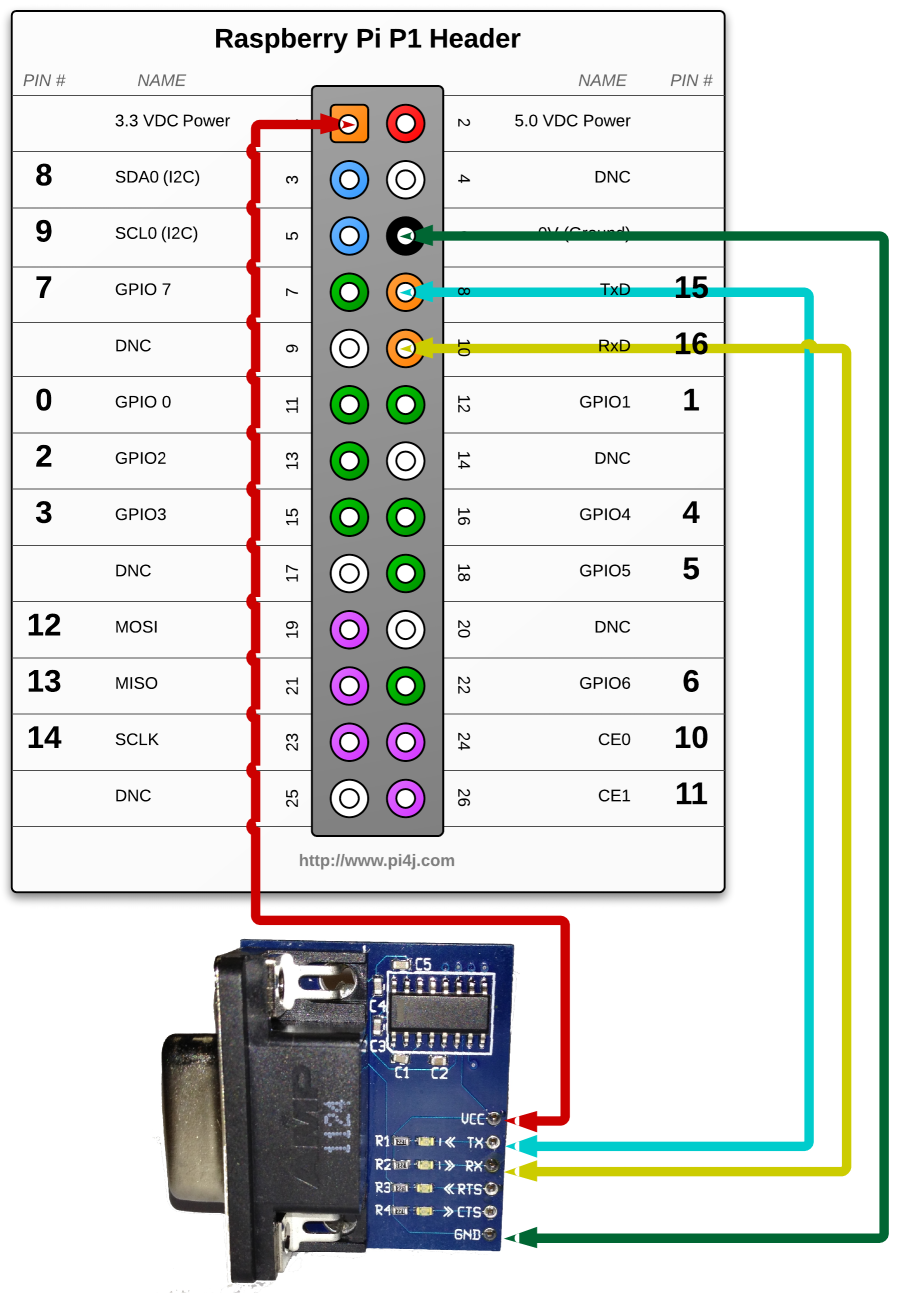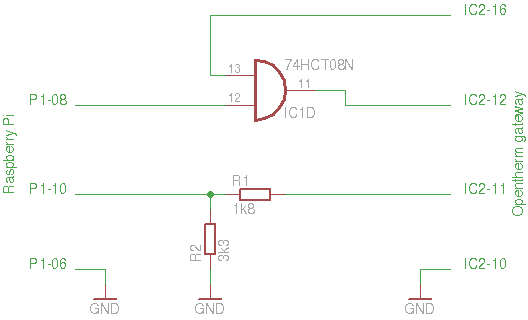Outside temperature probe
Moderator: hvxl
Re: Outside temperature probe
While this was already fixed for RedNax via a private patch, the fix is now available for everyone in firmware 4.0a10.
Schelte
Re: Outside temperature probe
Hi Schelte,
I have connected the DS18S20 sensor with about 20 m. cable to the gateway since 17-10, and it works fine. The cable i have used is telephone-cable from "the good old KPN" (2 x 2 x 0,2mm). Sinds the outside sensor is connected i have had 20 errors 03 and 2 errors 04, but everything is working well. I am using firmware 4a10. The roomthermostat is a Honeywell Chronotherm Modulation T8851M1000 and the boiler is the old model Vaillant hrSOLIDE. I will remain testing this combination if you like.
I have build the gateway on Veroboard and i would like to thank you for designing this beautifull project.
Henk
I have connected the DS18S20 sensor with about 20 m. cable to the gateway since 17-10, and it works fine. The cable i have used is telephone-cable from "the good old KPN" (2 x 2 x 0,2mm). Sinds the outside sensor is connected i have had 20 errors 03 and 2 errors 04, but everything is working well. I am using firmware 4a10. The roomthermostat is a Honeywell Chronotherm Modulation T8851M1000 and the boiler is the old model Vaillant hrSOLIDE. I will remain testing this combination if you like.
I have build the gateway on Veroboard and i would like to thank you for designing this beautifull project.
Henk
Re: Outside temperature probe
Thank you for this information. It's good to know that the simple interface I used for the temperature sensor is good enough, even when used with a long cable.
Schelte
Re: Outside temperature probe
I am using firmware 4.0a11 now and all errors 03 are dissapeart. Everything is working good now 
Re: Outside temperature probe
Wouldnt this imagehvxl wrote:The theory about the voltage divider part turned out to be correct, so receiving data from the gateway worked straight away in my test setup. The trouble I described was with sending commands to the gateway. That's where you would use the buffer chip. So then the circuitry would look something like this (untested):
When using buffer chips I really advise to use the 74HCT versions I mentioned. These accept TTL level signals. The 74HC versions accept CMOS level signals. Even though such a device would typically consider a voltage level above 2.7V high, the specs only guarantee a high level for anything above 3.5V. With only 3.3V available that may lead to problems, which could even be temperature dependent.
Opto-couplers have a tendency to be a bit slow to react to changes on their inputs. At 9600 baud that is probably not an issue, but I see no benefit in going that route. The gateway is already isolated on the boiler side. Isolating it at the interface side as well leaves the gateway floating. That may create more problems than it solves.

Suggest there is also 5v available on the Raspberry Pi? (Pin 2).
Re: Outside temperature probe
It does, and there is. However, I'm unsure what point you are trying to make with that remark.menno2000 wrote:Wouldnt this image ... Suggest there is also 5v available on the Raspberry Pi? (Pin 2).
Schelte
Re: Outside temperature probe
insmod mod_telepathy 
I follow the link at the bottom of picture, and so on...
I think menno2000 wants to say "if RasPi have 5V pin, why i can't connect it directly to OTGW to MAX232 pins? In this case we don't need MAX232, nor USB2Serial converter chip"...
menoon2000, 5V on RasPi GPIO is VCC pin, not GPIO ref Voltage, so pins 8 and 10 would be operating on 3.3V ref voltage.
For details about GPIO pins and ref voltages, i suggest to use http://elinux.org/RPi_Low-level_peripherals.
I follow the link at the bottom of picture, and so on...
I think menno2000 wants to say "if RasPi have 5V pin, why i can't connect it directly to OTGW to MAX232 pins? In this case we don't need MAX232, nor USB2Serial converter chip"...
menoon2000, 5V on RasPi GPIO is VCC pin, not GPIO ref Voltage, so pins 8 and 10 would be operating on 3.3V ref voltage.
For details about GPIO pins and ref voltages, i suggest to use http://elinux.org/RPi_Low-level_peripherals.
So I'm using OTGW-USB model, and it works quite well!The pins use a 3V3 logic level and are not tolerant of 5V levels, such as you might find on a 5V powered Arduino.
...
GPIO voltage levels are 3.3 V and are not 5 V tolerant. There is no over-voltage protection on the board - the intention is that people interested in serious interfacing will use an external board with buffers, level conversion and analog I/O rather than soldering directly onto the main board.
It's nice to be important, but it's more important to be nice...


